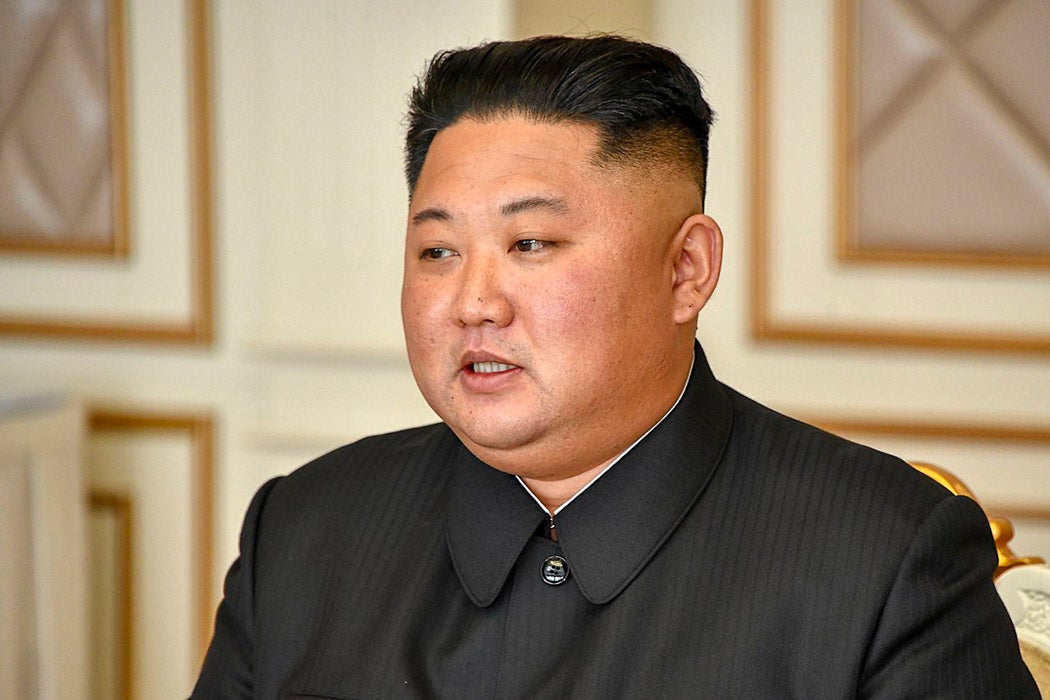There have been many questions regarding North Korea’s claim earlier this month that they tested a hydrogen bomb. While the United Nations Security Council has condemned the test, others in the international community are unsure of how to respond. White House officials have said that the data doesn’t quite bear out, calling into question whether a real hydrogen bomb was tested at all. The last time North Korea detonated a nuclear weapon was in 2006.
Still, the news out of Pyongyang has been a cause for concern, seeing how North Korea—officially the Democratic People’s Republic of Korea—is a highly militarized country with a history of fraught relations with the United States.
How much can North Korea be trusted? In a 2010 article for the Journal of East Asian Studies, researcher Walter C. Clemens Jr. used documents that were then newly released to establish the history of North Korea’s obsession with nuclear weapons. He found that the country has been disadvantaged in many ways—its natural resources are not particularly suited to mining the materials needed for nuclear weapons—and that some of its biggest allies, including China and the then-USSR, have been hesitant to give it much direct help. Despite this, for half a century, North Korea has been demanding foreign aid and assistance from its allies and non-allies alike. And it does so while evading questions about what it plans to do with the weapons.
North Korea’s interest in having nuclear weapons is varied. There is prestige associated with such technology. It would give them an upper-hand in competition with South Korea. It would put them on par with Soviet states. And, finally, it would enable them to counter the nuclear threat of the United States. And yet, unlike many of its neighbors, North Korea is at a significant disadvantage when it comes to nuclear development. For one, experts believe that the country still lacks the necessary power grid needed for a nuclear reactor. What’s more, in the 1960s, documents proved that North Korean officials were very keen on mining uranium ore, but were handicapped by their country’s “not rich and very scarce” mineral deposits.
The country first foray into nuclear research came in 1956 in an agreement with the USSR. But the USSR was very weary of releasing trade secrets, even to an ally. Such reluctance had consequences. For example, the USSR reversed course after initially agreeing to back a Chinese nuclear program. Still, in 1969, under mounting pressure from Pyongyang, the Kremlin agreed to establish a nuclear research center in North Korea under the code-name “The Furniture Factory.”
Yet North Korea’s challenges continued. Despite the research program, the Kremlin wasn’t very cooperative. And so North Korea tried to bypass them and appeal, again and again, to other communist countries in Eastern Europe, notably Hungary and East Germany. In Asia they turned to Pakistan.
Want more stories like this one?
Relations became even more tense in the 1970s, when the country showed it wasn’t above bluffing. North Korea told the Hungarians that it already had nuclear warheads and missiles, targeted at cities such as Seoul, Tokyo, and Nagasaki.
Analysts believe that North Korea’s successful 2006 test was supported, in part, by centrifuge technology provided by Pakistan in the mid-1990s. It’s significant to note that the 2006 test used plutonium, likely from a “homegrown” plutonium production plant. While we know very little about North Korea’s uranium mining efforts, it appears as though they’ve mastered, in the very least, the ability to produce plutonium.







